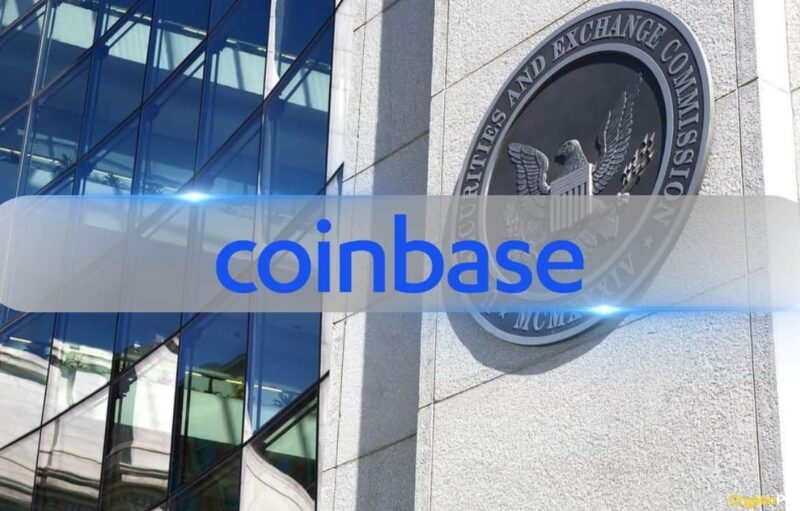By: Eddie Lo, Product Manager
One of the defining characteristics of crypto is that it can be transacted instantly, anywhere, anytime. However, when customers want to sell their crypto assets and withdraw cash from their accounts, the traditional banking system can make the process take up to several days.
Starting today, Coinbase offers instant withdrawals in nearly 40 countries including the US, UK, and more across Europe. Customers in the US, UK, and Europe can withdraw funds with a linked Visa debit card. In the US, customers will be able to also withdraw funds with their Mastercard.
Customers can select between instant or standard withdrawal methods and see a preview of all associated arrival times¹ and fees prior to withdrawing funds.
“By enabling real-time card withdrawals through the Visa Direct capability, Coinbase is delivering a faster, simpler and more connected experience for its users — making it easier to convert crypto balances into fiat, which can be spent at the more than 60M merchant locations where Visa is accepted,” said Terry Angelos, SVP and global head of fintech, Visa.
“Today’s consumers are digitally driven — seeking out real-time payment options that cater to their individual needs,” said Sherri Haymond, executive vice president, Digital Partnerships at Mastercard. “Leveraging Mastercard Send following the conversion of cryptocurrency into fiat currency, Coinbase will now be able to offer its customers the ability to securely and seamlessly withdraw and use their funds wherever Mastercard debit is accepted — giving them greater flexibility and convenience to manage their financial lives.”
The ability to easily spend, send, and receive crypto is critical to growing the cryptoeconomy, so we’ll continue building even more ways for our customers to access and use their crypto on Coinbase.
Instant withdrawals are available for US customers for a 1.5% fee (minimum $0.55) and our UK and EU customers for a fee of up to 2%. Visit our Help Center to learn more about instant withdrawal, eligibility, and how it works.
The post appeared first on The Coinbase Blog






